Ayaya Pachamama and the Bolivian indigenous
There are many beautiful places in the world to visit, but only a few have that magical aura in the air.
Today I want to take you to a country rich in tradition and rituals that date back centuries: Bolivia. This is the land of Aymara and Quechua, indigenous people who live among the several pueblos situated in the Andes. At an altitude of more than 4000 meters. Where they chew coca leaves in order to get some energy and for being a habit that existed for many generations in that region.
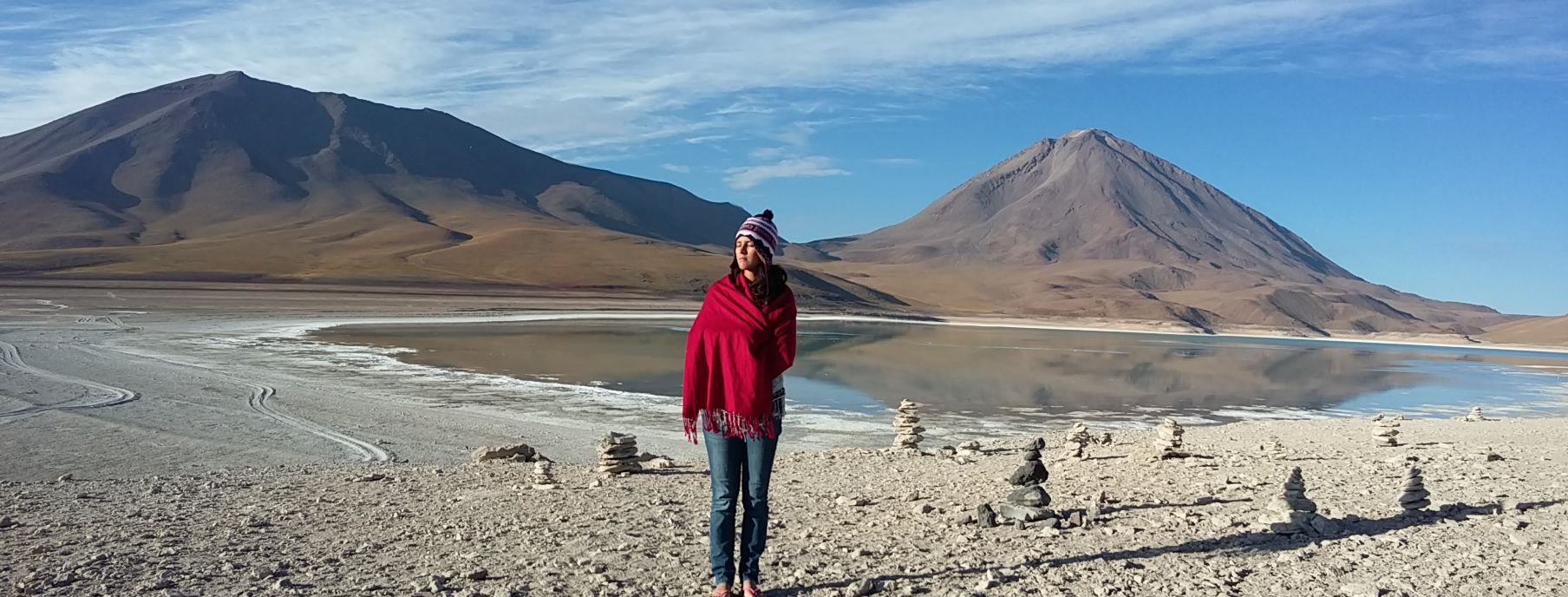
The country has gotten the title of "Plurinational State", because it was formed by peoples of different cultures and languages. You just need to go up on the mountain ranges to have this experience. Of course you can also visit Lake Titicaca, participate in a ritual dedicated to "Pachamama", get to know archaeological sites and venture into the salt desert.
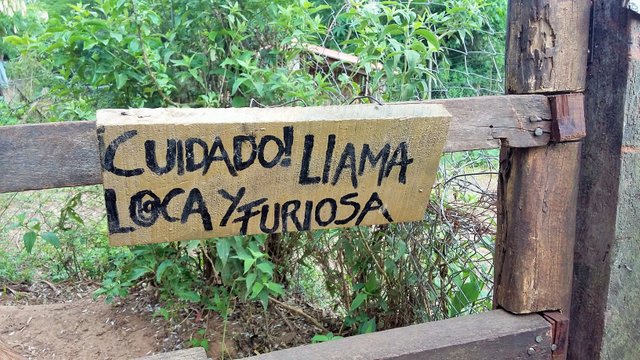
I lived here for two months and I had the opportunity to meet people who were for and against Evo Morales, Quechua natives and many European wanderers. But before inviting you to do such a trip, I feel responsible to provide you with some information: Keep both your heart and your mind open!
1.The roads are called the Death Roads... the car passes by dirt tracks alongside cliffs of 700 meters high that meander the Bolivian Andes. For those who have heart problems, I suggest sleeping. Keep in mind the old saying "What the eye doesn’t see, the heart doesn’t feel". However, for professional or amateur photographers, the landscapes are stunning!
2.Refrigerated food is luxury... because there are no supermarkets (only in large cities), if you want to eat meat, you will find it just in an old fashioned way: chickens and cattle hung in public markets. At least, all the products are organic and fresh, coming directly from the hands of the local farmers.
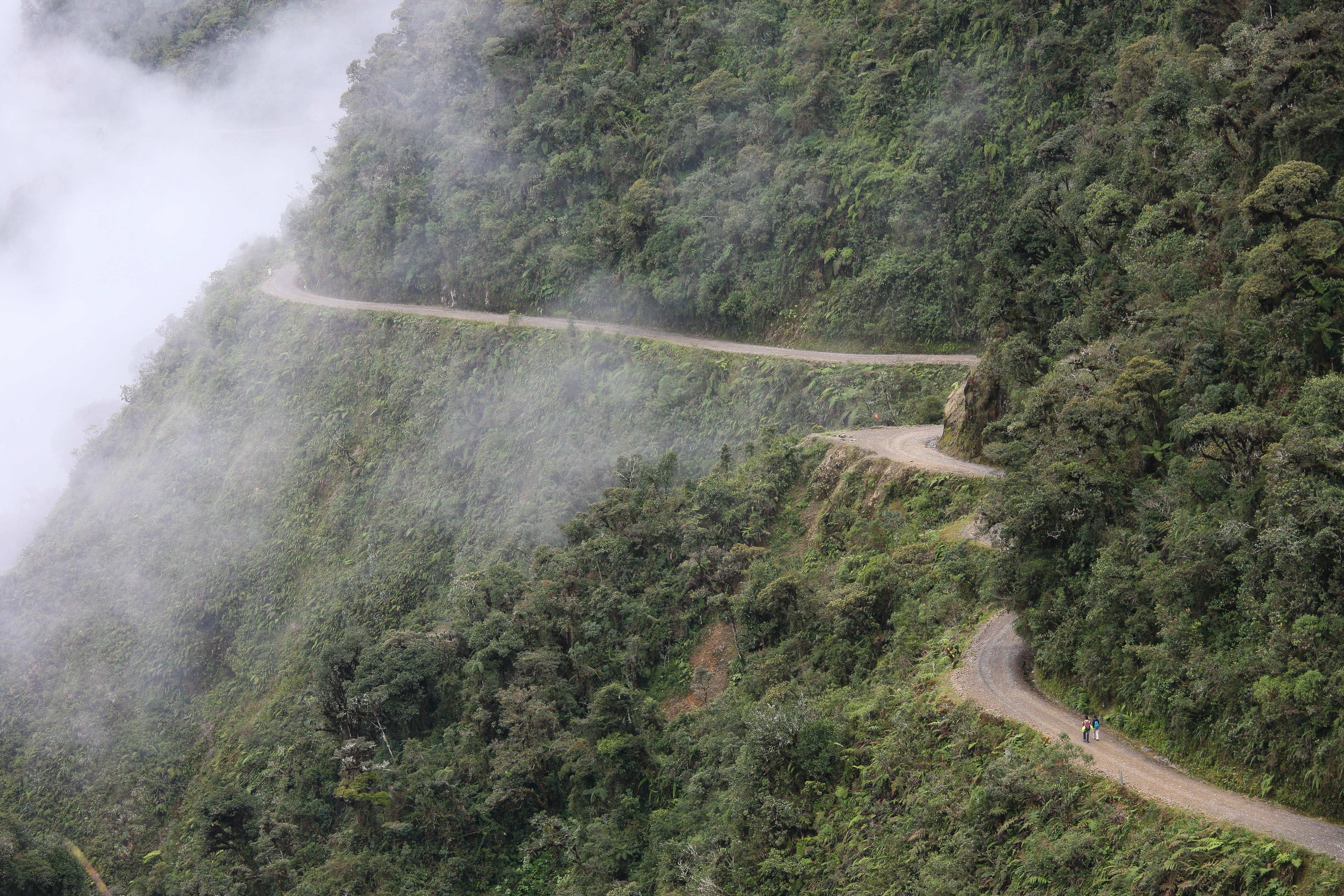.jpg)
Road between Samaipata and Cochabamba
So, if you do not mind these two details, you will not regret doing the trip.
One of the first contacts I had in Bolivia was with the indigenous ritual of Mother Earth / Time / Universe, known as "Pachamama". According to ECLAC (Economic Commission for Latin America), 62% of the Bolivian population are indigenous and they seek to ensure the continuity of their cultures and traditions. Everyone I met spoke Spanish with me, but amongst themselves they spoke the language they had learnt from their parents. The only thing I teach you is how to say "Hello" in Quechua, get ready and repeat with me: Rimaykullayki.
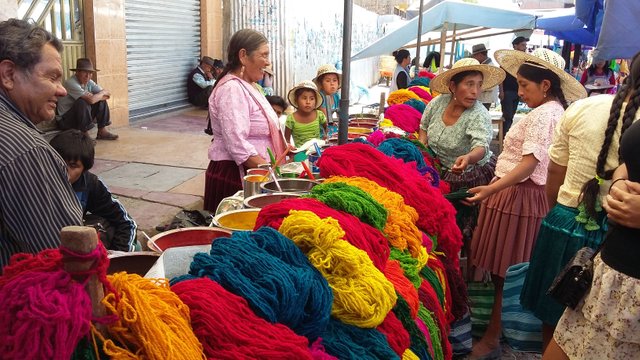
At all times, even in big cities like Cochabamba, you will see people pour a bit of their drink on the ground and say "Ayaya Pachamama" before taking the first sip. Normally they do this with the national drink - chicha -, made from fermented corn. And it is a simple but delicious drink, just be careful to not get too "happy" and do what I did, danced the night away with the Mariachi band that played (Yes, even though it’s typically from Mexico, but the Bolivians love this strong and dramatic musical style, and so do I) .
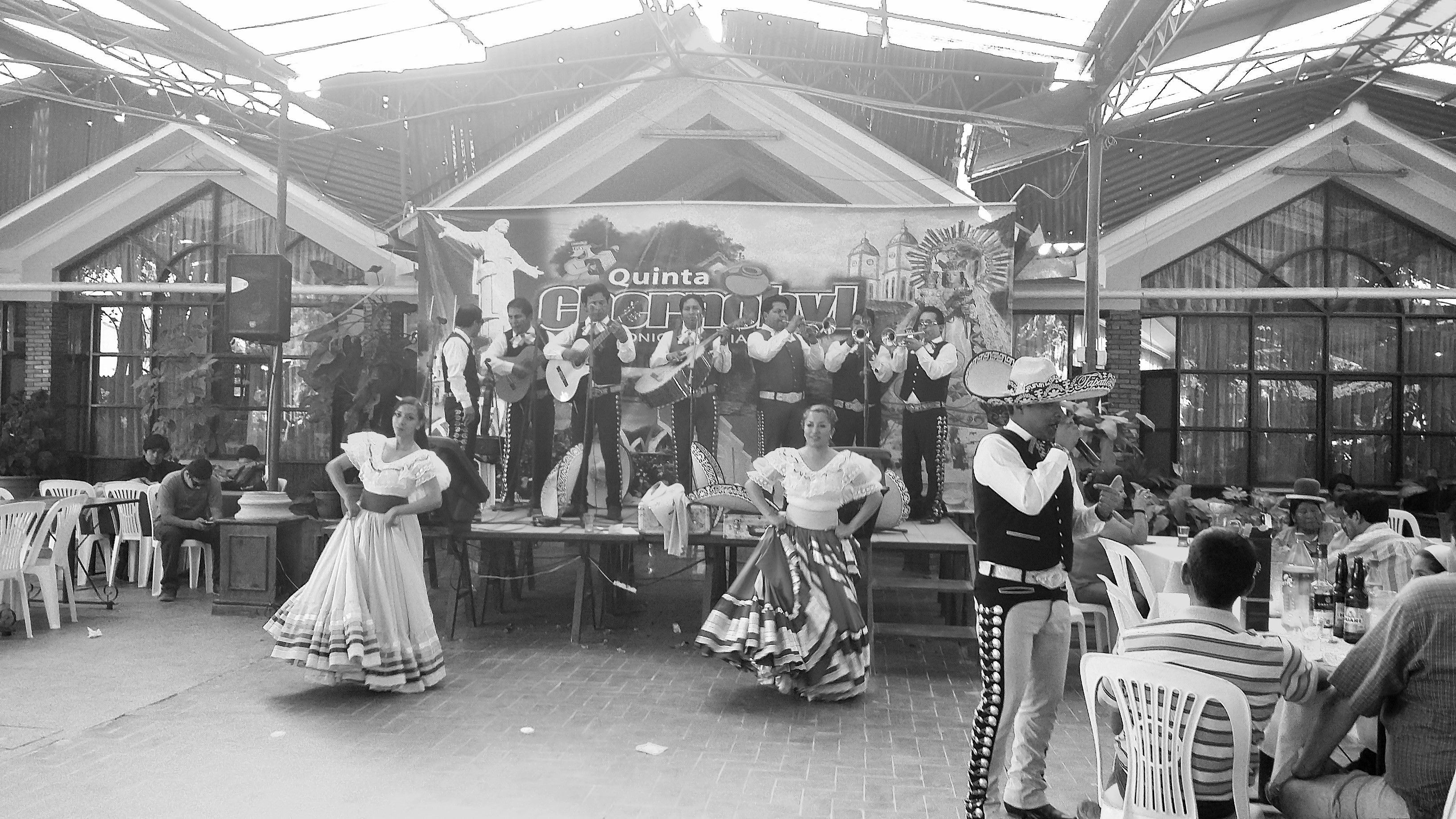
From time to time and more often in the countryside, there are offerings to Pachamama at a party where everyone drinks chicha and talks around a fire. In this bonfire you should throw offerings to mother earth, like chicha and miniatures of llamas and / or alpacas. It was an interesting anthropological experience to understand the way people think so different from me. I highly recommend it.
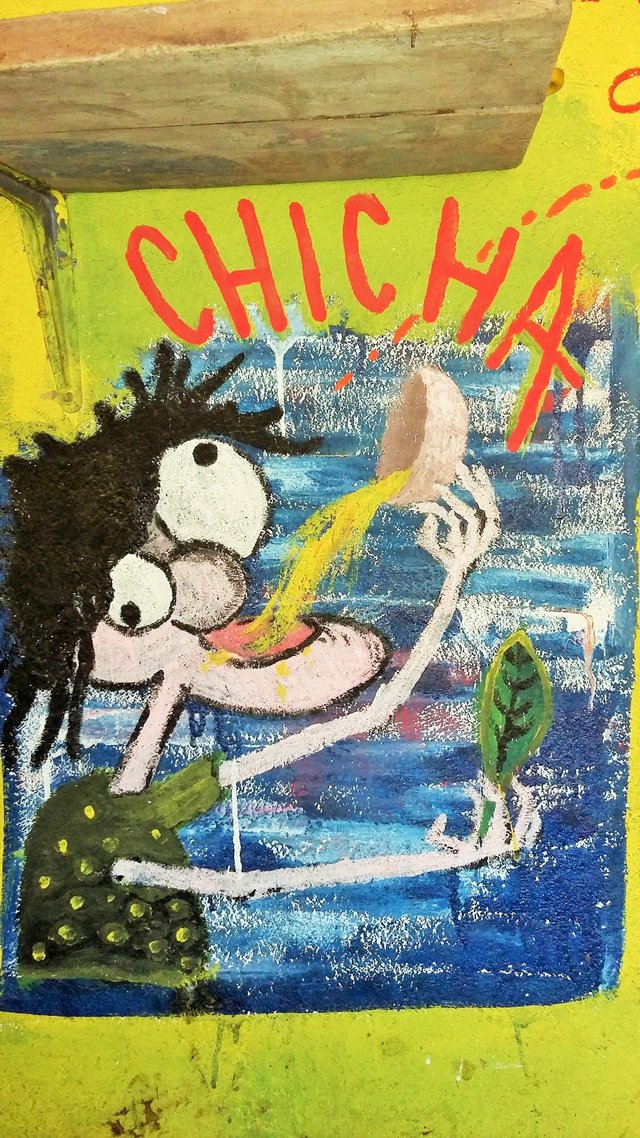
In addition to rural communities, there are urban indigenous people, some of whom organize themselves into groups struggling for common interests. The "Red Tinkuna" is an example, it is an association that helps indigenous communities through lectures, a public library, extra classes for children and workshops for young people. The goal is to help them integrate to have a better quality of life without forgetting their languages, cultures and heritage.
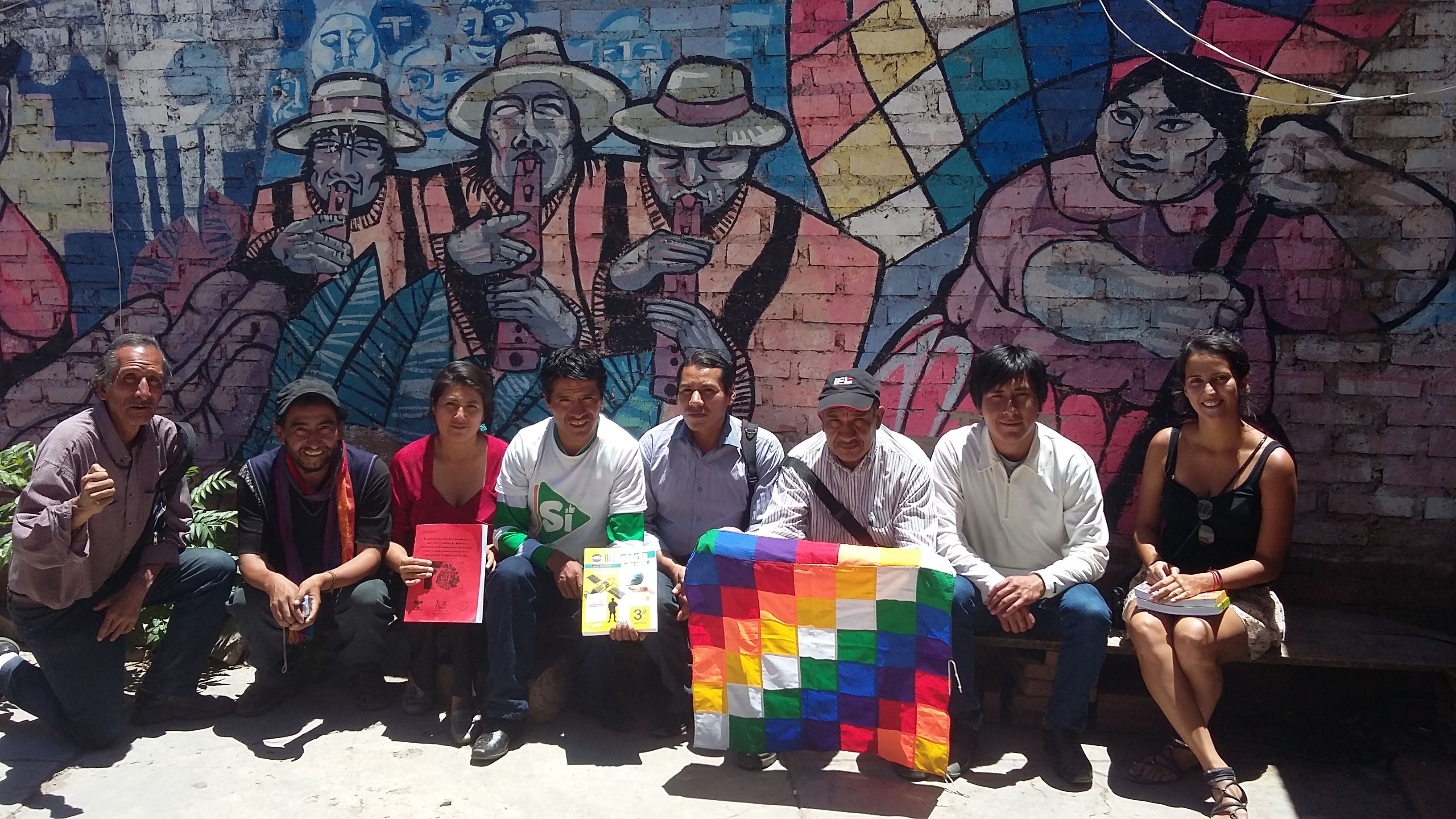
After a few weeks in the country side, I decided to go to La Paz. One day I was wandering through the streets downtown when I came across some strange little animals hanging in a kiosk, next to candles and small objects of offering. I remembered my first days in Bolivia. How fantastic, I finally discovered where the miniatures llamas come from! As I got closer I realized that those small llamas (which I had last seen at night) were actually REAL. Fetuses of dried llamas are used in the offerings! The raw naked truth right in my face! I felt awful for the poor little llamitas. Now if they died naturally or if they werekilled, I don't know, if you do know, please tell me!
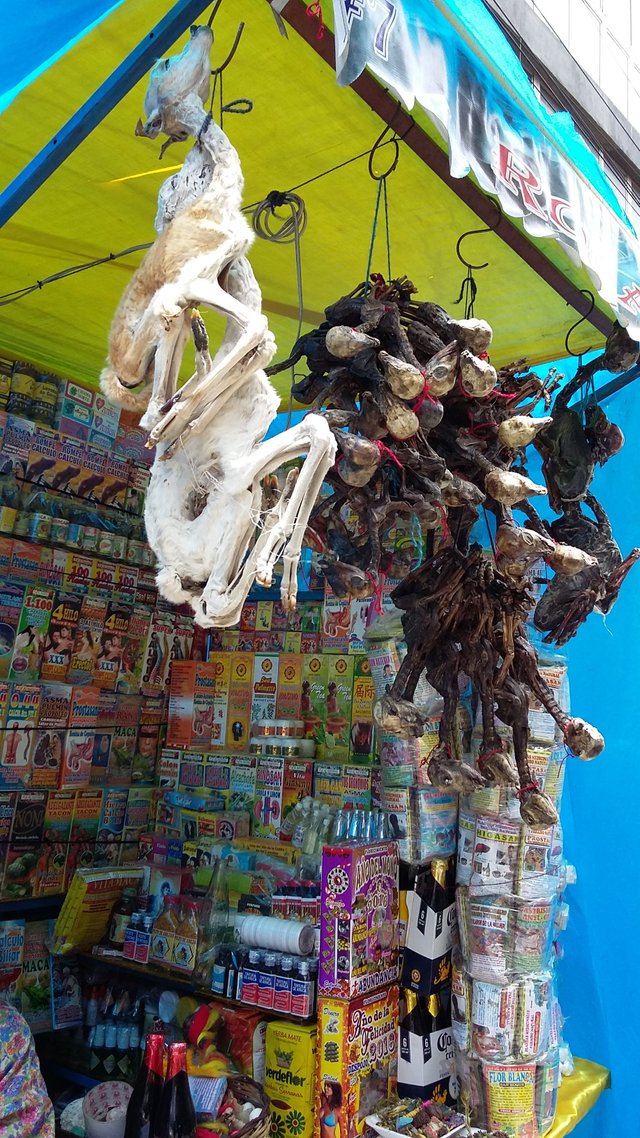
Please do not be shocked, remember that our ancestors were cannibals! Which is much worse ;)
In this post I focused on something very specific and sensitive, something a photo could not express.
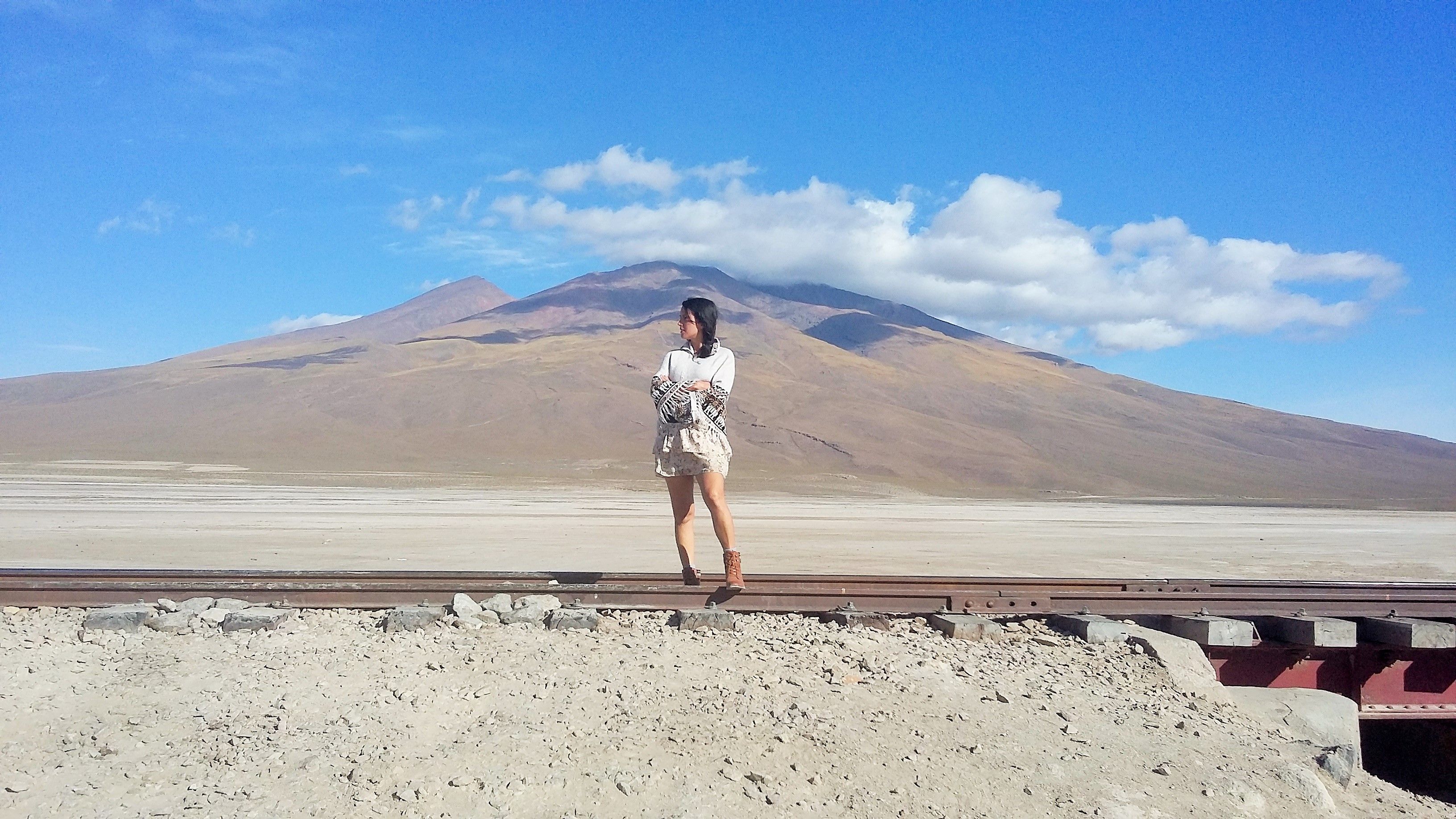.jpg)
I ended up in Bolivia by accident, because I was just stopping by before continuing towards to Machu Picchu in Peru. Apart from the poor llamas, I discovered that Bolivia is hiding landscapes worthy of paintings, and their people are the most modest and the warm in the world. So I leave you with some photos I took during the 2 months days here. If you are curious about a particular place, leave a message below, it will probably be the next blog post.
So long, and thanks for all the fish!
Main cities visited in order of arrival: Santa Cruz de La Sierra, Samaipata, Cochabamba, Sucre, Potosí, Salar del Uyuni, Copacabana and Isla del Sol.
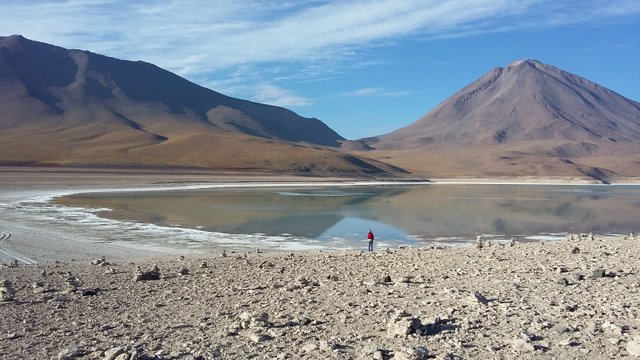
Licancabur – Volcano located at the border of Bolivia and Chile
Isla del Sol – Titicaca lake
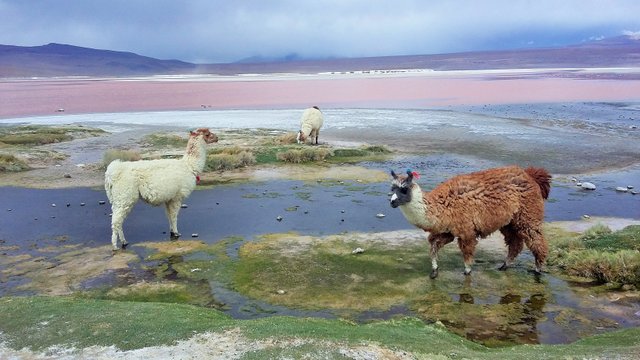
The pink lake
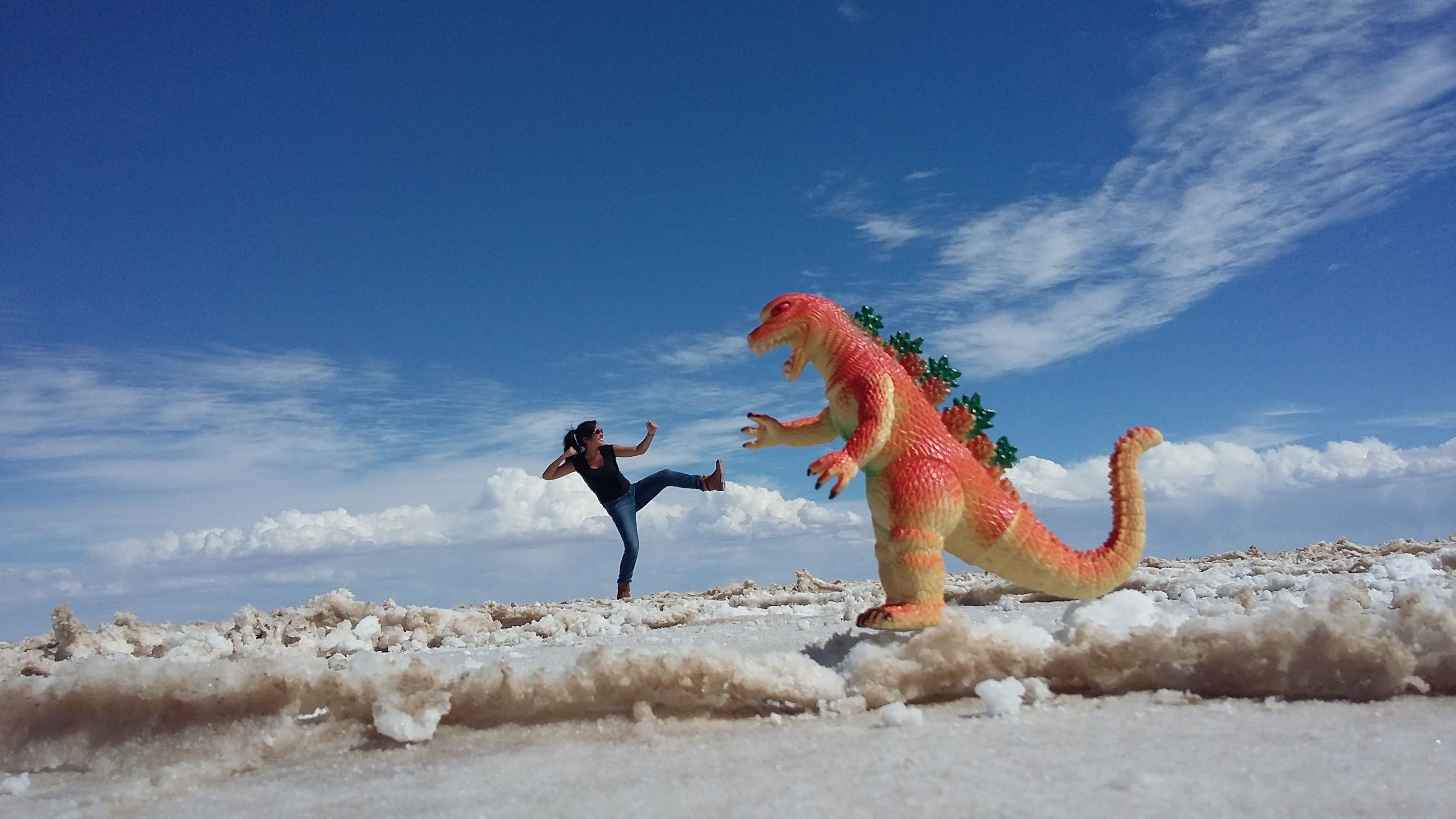
Salar del Uyuni
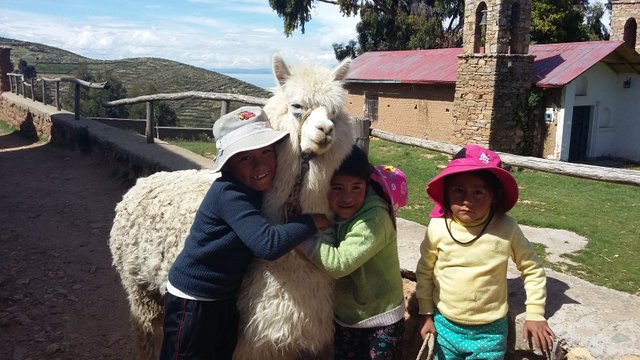
Kids from Isla del Sol and their pet lama
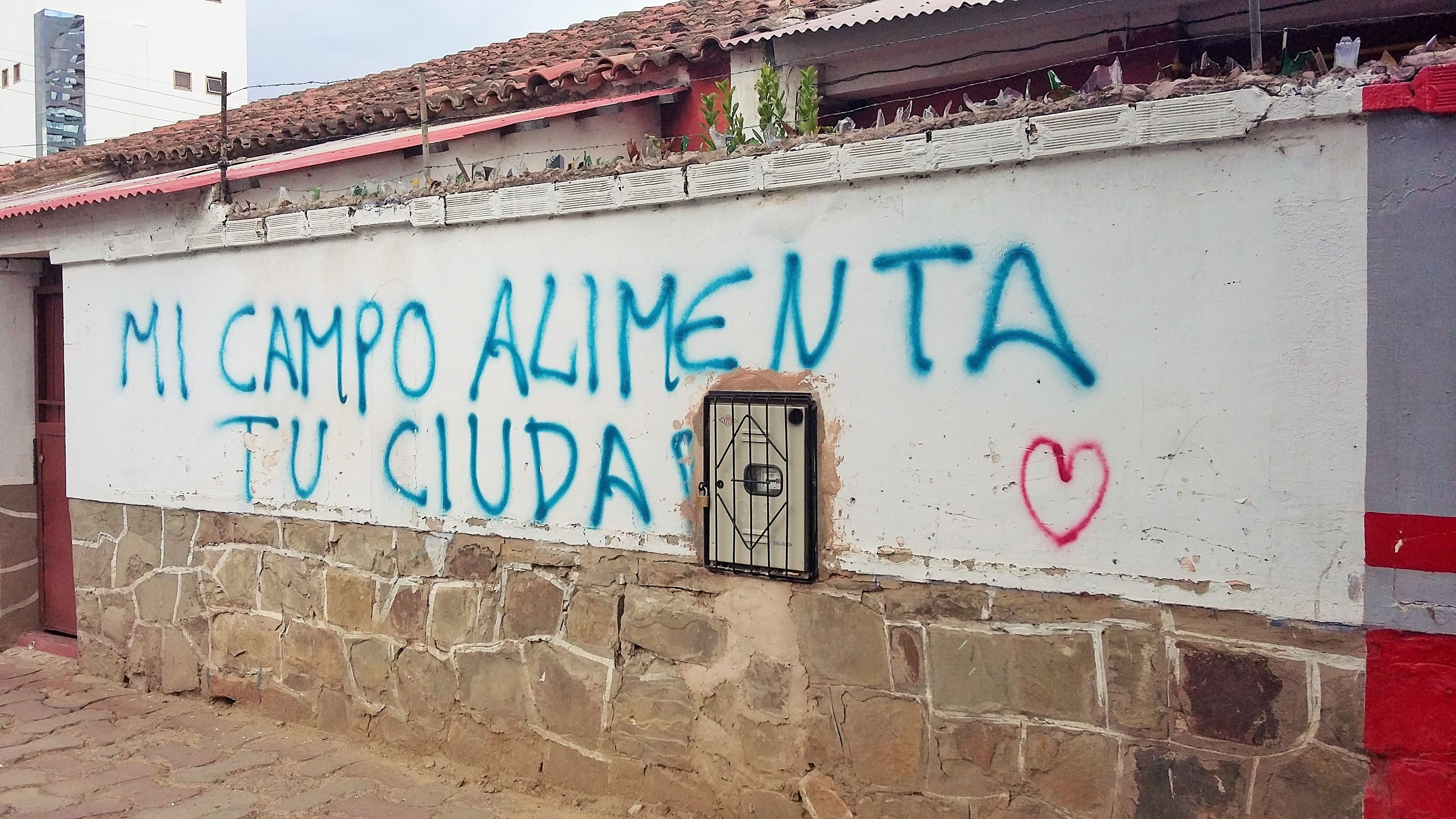
The struggle of the farmers.
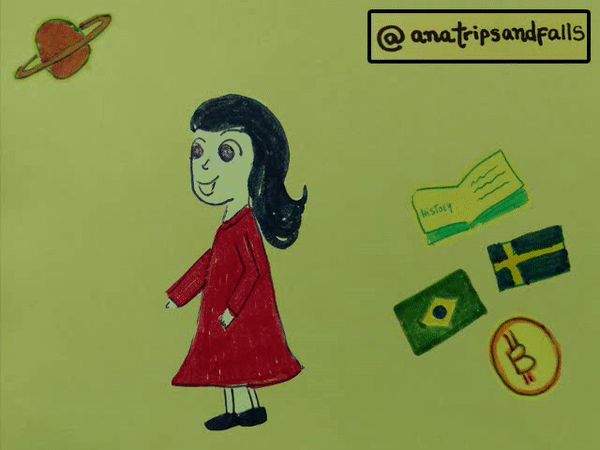
thank you a lot for the little view into this interesting country, i’m going to visit a few places there too in about 2 month.
do you maybe got a special tip for me? some kind of place to go? beside the ones you already mentioned.
greetings from argentinia